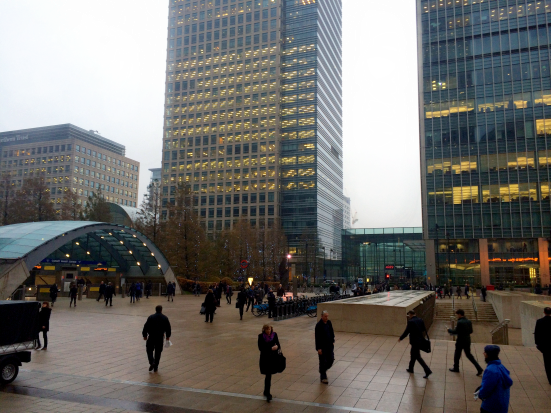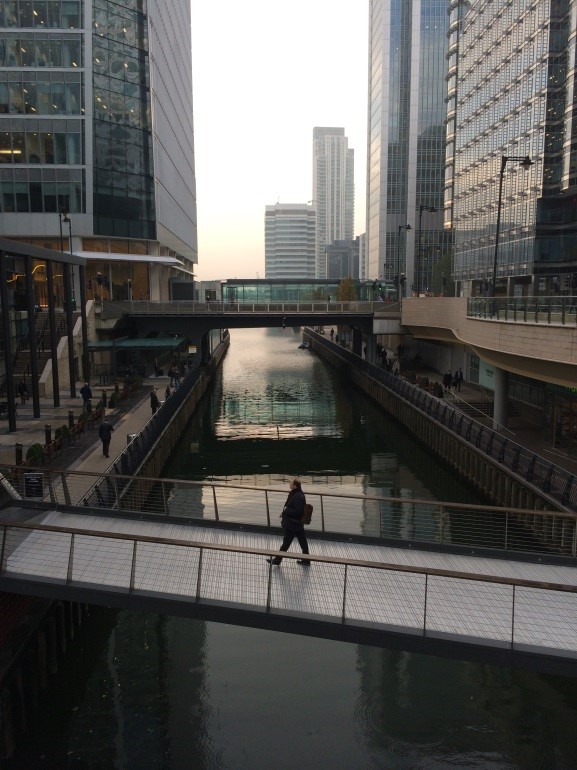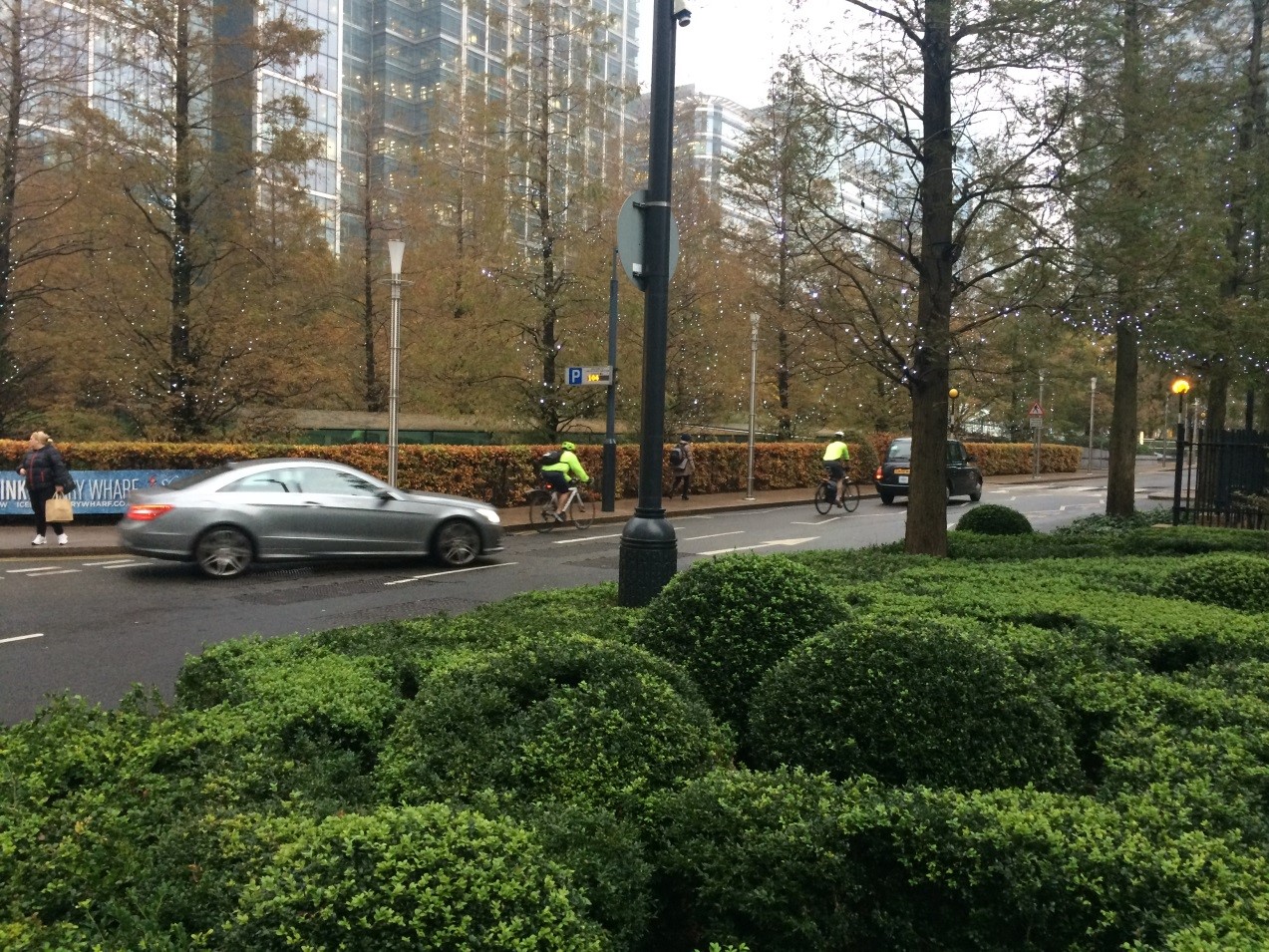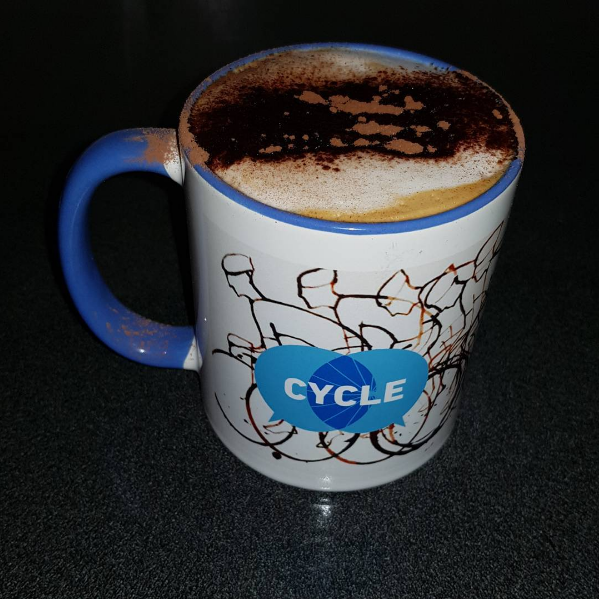--- Written by Andrew Keith.
As this is the first episode in these adventures we should first introduce our hero, Comandaneur Fatboy. The title may confuse, but as he spent many a year in Indonesia he learned the art of concatenating words to make new works. “Comandonneur” is merely the joining of “commuter” with “randonneur” (a long distance cyclist) .. A racer he ain’t – they don’t call him Fatboy for nothing you know.
The first chapter of our adventures cover the event which Ride to Work day.
Fatboy had been out of the saddle for almost a month and having returned from a business trip had found all sorts of excuses not to ride to work each day. You know how it gets, too dark, too hot, too late, too early – whatever. So thank BQ (and that’s not something I say often) for Ride to Work Day to encourage back into the rat-running-race that is commuter cycling. There are few better feelings (well there ARE several – but none that I can mention here) than experiencing the dawn of a new day from the saddle of your trusty steed. How had I forgotten?
Being a community minded fellow, Fatboy reverted to his Boy Scout days to, figuratively speaking, help an old lady across the street. OK so this “old lady” was actually a cycling buddy, who we shall call “Paddy”, and the street was actually the 25km to the CBD from our neighbourhood, but apart from that it was true Boy Scout good deed stuff.
You see Paddy, as accomplished a rider as he is, rides pretty much exclusively in the local area during the week only venturing further afield on weekends. He had not commuted to the city before and wanted assistance with the best route. Sensing a chance to play “leader”, as well as get back on the bike, Fatboy offered to show the way.
Paddy was nervous about the ride, what with the traffic, and rain predicted (which didn’t eventuate thankfully) and recent reports of cyclists being run down by post office trucks and so on. You can always tell when Paddy is a bit nervous because he asks about the starting point and time about half a dozen times the night before.
As it turned out the ride was mostly uneventful. There was a car honked his horn at a rider trailing us for the dastardly sin of not indicating to go straight ahead when we preceding him, and the car following him, were turning left. The gall of the man! There was also the door that was opened into our trajectory but at least it was 2 cars in front and we had plenty of time to react. We arrived safely in good time to enjoy coffee, banana’s and buns and listen to BQ drone on and on about how great it was to have a couple of hundred commuting riders in the square. We know that there were many commuting cyclists who didn’t turn up to the event, but I must say I was expecting a bigger crowd, and by the temporary bike racks and catering BQ were as well.
As we were chatting paddy asked, “How did you find that route to the CBD?” This got me to recalling the perhaps a dozen different routes or variations I had tried over a 1 year period before I settled the one we had used as the safest and what the implications of that were for encouraging the next person to exchange their car for the treadly and ride to work.
The fact that a relatively experienced rider like Paddy would be nervous about a commute; the fact that it had taken me a year of trial and error to find the safest route; just emphasised to me how much of a hurdle there is to encouraging new commuters.
Data released this week from the last census showed that Brisbane has the lowest proportion of female commuting cyclists of any Australian capital city. Taking another cycling friend of mine, we shall call her “Molly”, there was much of this “safest” route that we had ridden that she would not consider safe enough. Molly is a newer cyclist and not as confident on her bike or in traffic. She commutes but almost exclusively along bike paths that happen to exist from her part of the city to the CBD. Even then she needs motorised transport to the start of the bike path because she doesn’t feel safe on the lead in roads.
So as I was sipping my post shower coffee and considering the work tasks for the day I was pondering what we would need to do to make the Paddys not nervous, the Mollys feel safe, and the hurdles much lower for a newbie to get up one morning and say, ”today I will ride to work”.
There is constantly much discussion in bicycle fora about this, all of which requires funding for something; be it better cycling infrastructure, more education, new laws or whatever. Having just contributed to the State Government’s “Strong Choices” interactive “People’s Budget Tool” online, which gives one a glimpse of the Treasurer’s balancing act with respect to the State’s finances and different priorities for calls on the public purse, I was mindful of how these things might be best achieved.
While this Fatboy doesn’t claim to have the answers (smarter, and thinner, people then me haven’t found them yet) it seems to me that it isn’t better infrastructure, or education, or laws, or less cars in the CBD. The problem needs to looked at in a far more holistic manner as to how to, most effectively efficiently and sustainably, get hundreds of thousands of people in Brisbane to work each day. The solution must be a combination of:
- Locating workplaces an housing closer together
- Maximising the benefits of the internet age for work from home
- Increasing public transport and active travel trips (Fatboy’s view is that public transport should be free and that the savings in not having to expand road infrastructure so much, so early and so frequently would more than pay for the cost)
- Minimising car trips through incentives from the above, and added costs if necessary.
If there were then less cars on the road expanding active travel and public transport infrastructure (busways, bike ways etc) would be far easier and cheaper within the given right of way space that all journeys would be quicker, the environment would be cleaner from less emissions and productivity would soar.
Not a simple matter I know, not least because it needs to change the culture that travelling by car means “freedom” such that every other form of transport must subvert to this “human right” regardless of whether that is the most effiecient, effective and sustainable approach for the community as a whole. Fatboy and Paddy passed lots of “free” citizens sitting in their traffic jam as early as 6:30 as we cruised past.
On that note, and as I think I hear the motorists yelling “Communist” and reaching for their torches and pitch forks I might leave this rant there. Time to pedal home – and hope to miss the lynch mob.






 That’s half. Now it gets easier and possibly even practical, but still a crazy mess of steel and still a big portion of space dedicated to parking. Put another few thousand in busses. Good. Trains. Bikes. Getting there now, but ‘motorists’ are furious at this stage due to the change in priority.
That’s half. Now it gets easier and possibly even practical, but still a crazy mess of steel and still a big portion of space dedicated to parking. Put another few thousand in busses. Good. Trains. Bikes. Getting there now, but ‘motorists’ are furious at this stage due to the change in priority.
 The end result is something that feels like you are walking in a sci-fi movie with, majestic buildings, grand open spaces where people can move around without the fear or noise of cars, with pubs and restaurants overlooking the waterways, low congestion and easy access.
The end result is something that feels like you are walking in a sci-fi movie with, majestic buildings, grand open spaces where people can move around without the fear or noise of cars, with pubs and restaurants overlooking the waterways, low congestion and easy access.
